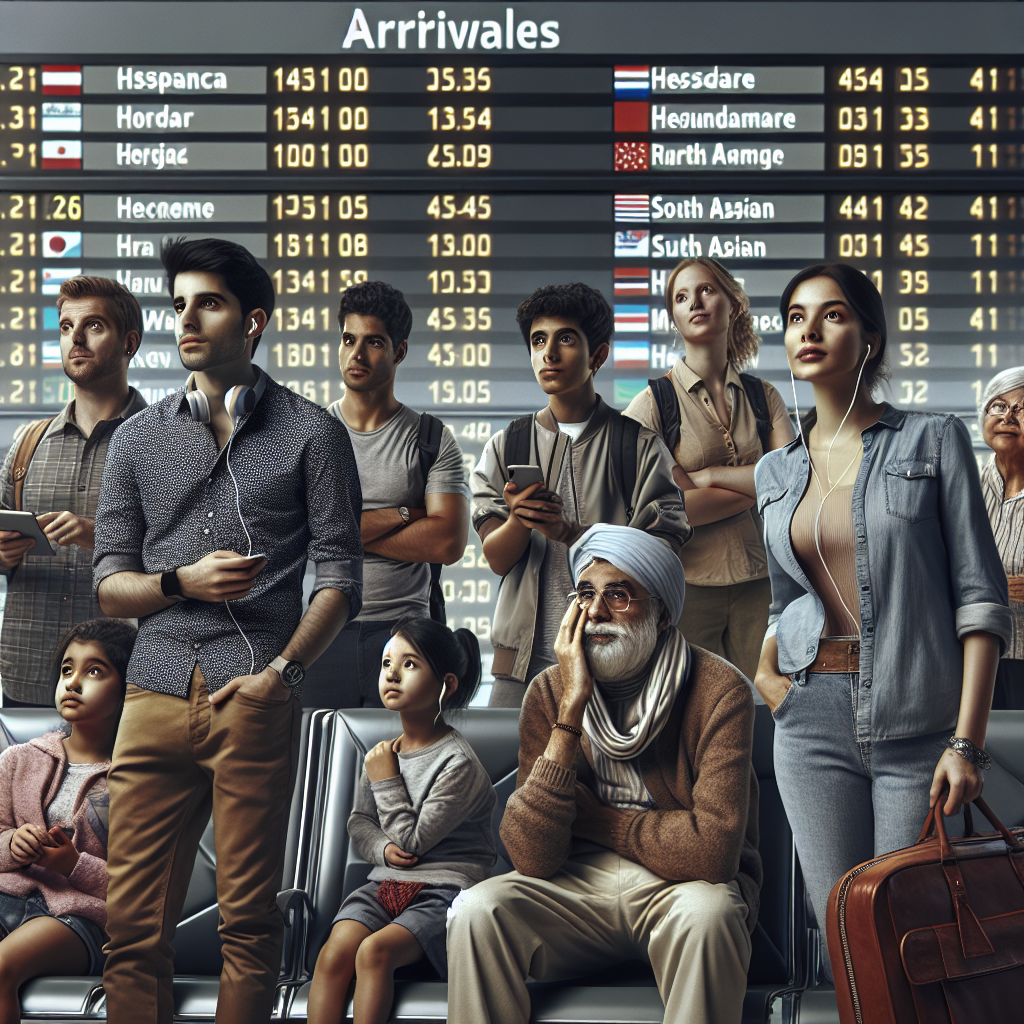
Inspired by the cultural shift towards sustainable and local tourism, we find ourselves at an intersection between political landscapes and our daily commutes or vacation routes. This monumental moment came crashing into reality when Congress passed an extensive new Infrastructure Bill — but will this be a roaring success or catastrophic failure for travellers?
The uncomfortable truth is that time will disclose what these changing lanes have in store for us. Yet, we can pull together certain strands of information and make educated guesses about what’s on our horizon.
Policy Overview
The recently passed Infrastructure Bill promises substantial investment into roads, bridges, public transit systems, airports and ports — all critical components of both the domestic and international traveller’s journey.
Historical Context
For years there has been a call for improved infrastructure to better serve commuting citizens and adventuring tourists alike. The last large-scale commitment to infrastructure was during Eisenhower’s administration – with creation of Interstate Highway System transforming cross-country journeys forever.
Stakeholder Perspectives
The opinions are as varied as they come: legislators see it as promising economic growth; environmentalists worry about furthering carbon footprint; locals anticipate less traffic congestions while travelers hope for smoother journeys.
Economic Impact
Tourism is one of many sectors hoping to benefit from this bill. Better transport links could lead to more robust tourism economy throughout the country – not just within major cities but also rural communities previously inaccessible due their remote locations or poor standard transportation.
Social Consequences
But every coin flips twice – potential influx of tourists might disrupt local cultures; increased carbon emissions could further climate change. We must grapple with these concerns as we stride towards progress.
Implementation Challenges
Beyond the funding amount itself, effective and equitable implementation will be key. Questions arise whether funds should prioritize urban over rural or vice versa? What happens when construction delays hit high tourist seasons?
Success Metrics
The success of this bill for the travel space will look like short wait times at airports, less congested roads, more reliable public transport and ultimately – improved travel experiences all-round.
Alternative Approaches
Rather than simply expanding existing systems, some suggest focusing on modernizing them instead to reduce environmental impacts while still facilitating smoother travels.
